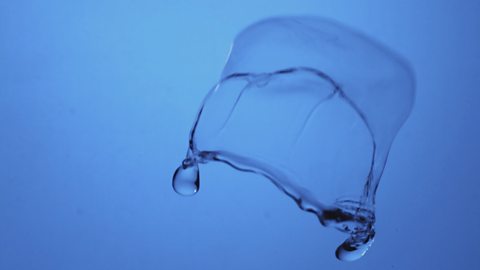Richard Hammond demonstrates how thermals are formed through heat from the sun.
Our planet’s heat is provided by the sun, but our weather is often driven by heat radiated from the Earth’s surface. As the sun heats different surfaces and areas of the globe unevenly, weather results.
These differences create thermals which create clouds and pressure differences, leading to wind. An outdoor experiment in a quarry demonstrates how thermals are formed. Paper helicopters are used to show the rising air.
Teacher Notes
This short film provides useful background for KS3 / KS4 students studying how clouds form. A KS3 class could use their sense of touch (or surface thermometer) to explore the temperature difference between different surfaces around a school building.
Curriculum Notes
This topic appears in geography and physics at KS3 and KS4 in England, Wales and Northern Ireland and National 5 in Scotland. At GCSE it appears in AQA, OCR A, EDEXCEL, EDUQAS, WJEC and CCEA, in SQA at National 5.
More from Richard Hammond's Wild Weather
How can you cool a drink using the sun? video
Richard Hammond uses a beach, a towel, water and a drink to demonstrate how evaporation can be used to cool liquid.
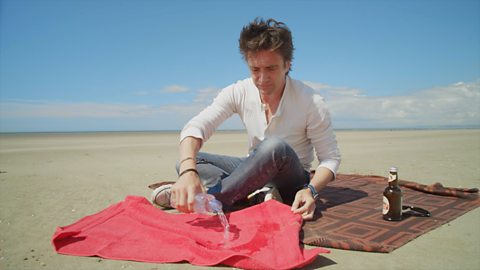
How does hail form? video
Richard Hammond explores the weather conditions that form hail.

How to see thunder. video
Richard Hammond visits Lightning Testing and Consultancy in Oxfordshire to take part in laboratory experiments that demonstrate the effect of thunder within controlled conditions.

How to use wind to forecast the weather. video
Richard Hammond demonstrates how we can forecast the weather simply by watching the way the wind effects the clouds.
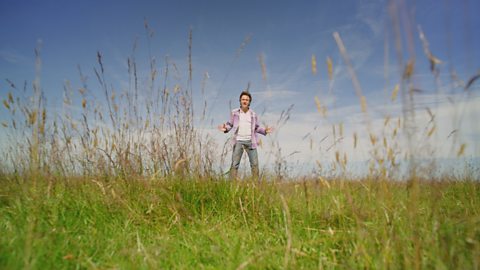
Inside a tornado. video
Richard Hammond explores the properties of a tornado that has been created in laboratory conditions.
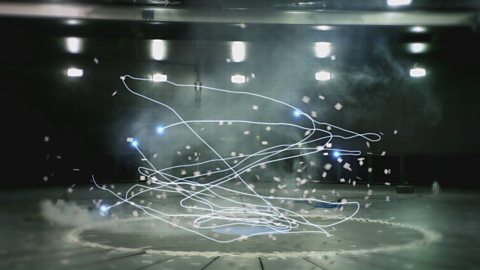
What is the difference between rain and drizzle? video
Richard Hammond demonstrates a visual technique to distinguish between drizzle and rain.
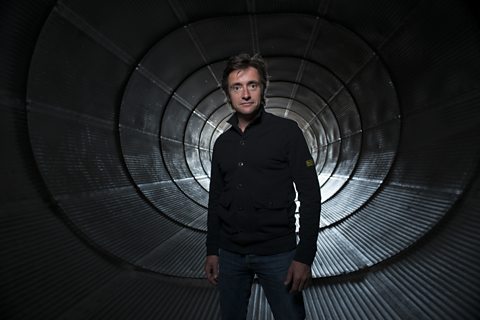
What is wind? video
Richard Hammond demonstrates how wind is created due to differences in air pressure.
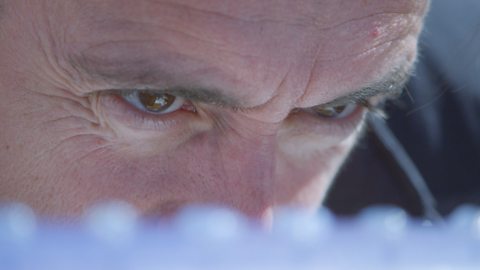
Why does water fall as rain? video
Richard Hammond demonstrates the effect of water on other physical objects.
